Nature reports
Publisher: Wageningen University & Research
Page 6 of 7 - 63 Results
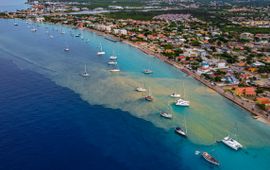
Results from a 2020 study highlight the interconnectivity between watershed areas and neighboring coral reefs on the island of Bonaire. This study provided evidence that coral reefs near areas with high erosion risk were more..
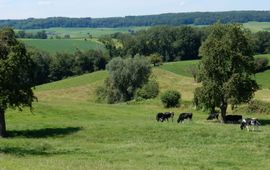
Agriculture and biodiversity are currently both in the spotlights, but mostly as opposites. This must change, but how? A new EU project will investigate how agriculture and biodiversity can best go hand in hand and what this..
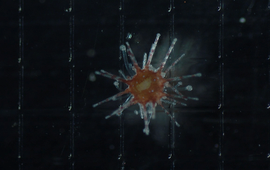
Diadema sea-urchins play a vital role in maintaining a balanced coral reef ecosystem by grazing away algae and creating bare substrate for coral recruitment. The RAAK PRO Diadema project aims to develop interventions to improve..
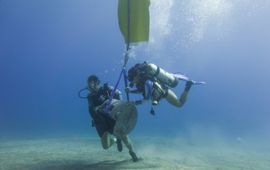
A new study compared the effectiveness of three popular artificial reefs to increase fish densities around Saba and St Eustatius. The researchers found that a complex internal structure, that provides more shelter availability,..
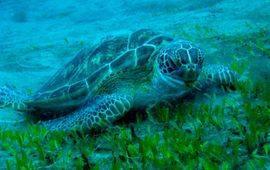
A recent study worked to quantify seagrass’ ability to minimize erosion in shallow water of Lac Bay, Bonaire. It also examined how intensive grazing can drastically affect seagrass’ ability to stabilize sediment. This research..
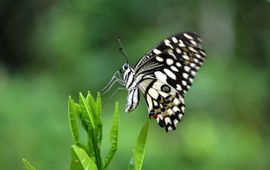
The results of a four-year study, cataloging the butterfly species of St. Eustatius over the winter months of 2009-2012, have been published. This project also provided an update to species lists for the Dutch Caribbean islands of..

New digital and technological developments are rapidly transforming the field of nature experiences. Digital technologies are often regarded as threatening to the relationship between people and nature, as they are thought to..
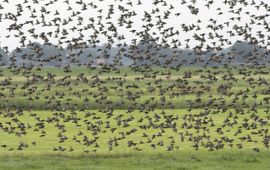
Many fish species swim in schools and birds fly in flocks. Such collective behaviour must arise from the interactions between the animals. How it works was largely unclear. Wageningen-researchers now provide insight into the..
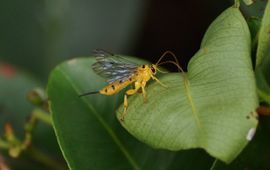
Parasitic wasps can move their ovipositor, a tube-like organ for laying eggs, in any direction by changing the shape of the end of the tube. Therefore, they can steer the ovipositor with muscles in their abdomen. This technique..
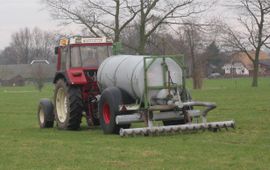
Nitrogen deposition is the most influential global driver of anthropogenic biodiversity decline besides habitat destruction and the emission of greenhouse gases. Recent insights on its threats to biodiversity and ways to recovery..
